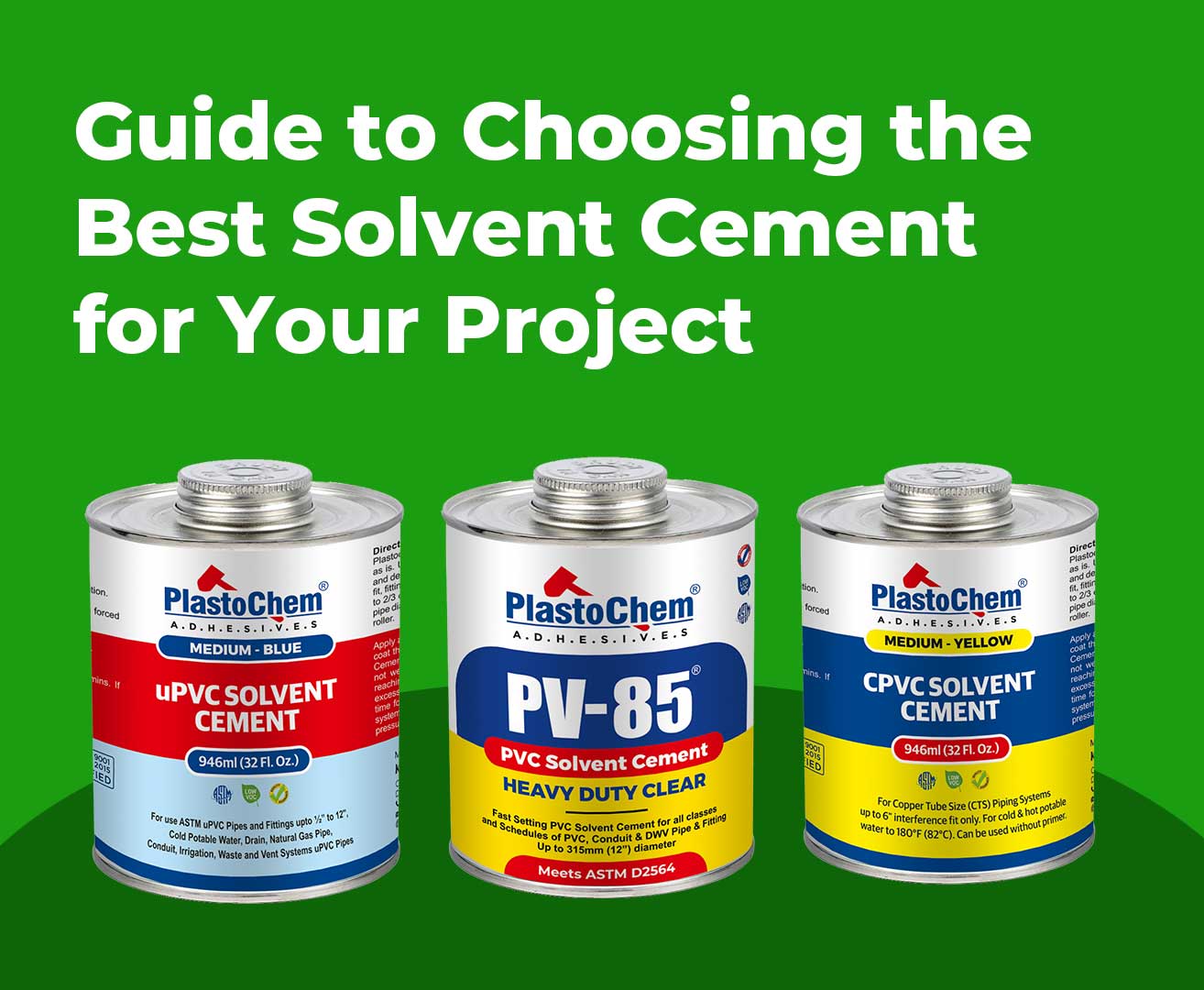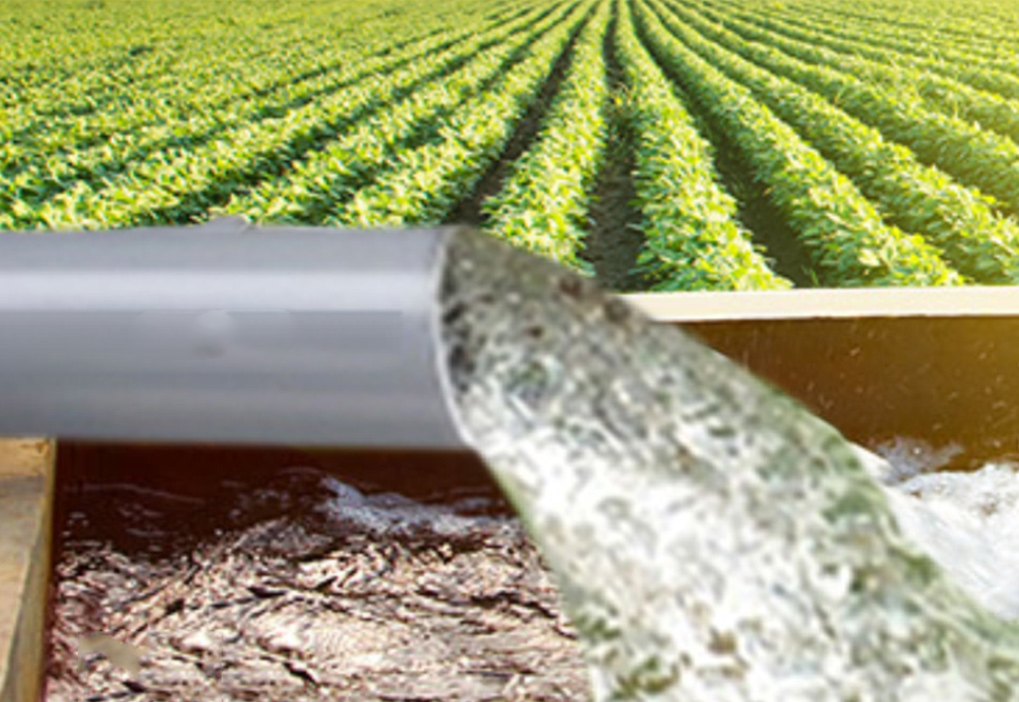Guide to Choosing the Best Solvent Cement for Your Project
Some of the important things to considered, while working on a project to connect pvc / upvc / cpvc pipes and fittings, know what is the solvent cement and how it’s work. Solvent cement is the adhesive that ensure such connections are strong and leakage-proof in different applications, such as plumbing, drainage, and other piping systems. With so many products available in the market, knowing how to choose the right solvent cement for your project is very important.
Understanding the Solvent Cement
Before selection of Solvent Cement, it would be important to know what a solvent cement is. A solvent cement also known as PVC cement or adhesive is the chemical mixture that cements the plastic piping along with its accessories. It turns the material surface soft and then melts onto both the pieces before the evaporation of the solvent of the chemical mixture keeps providing a very strong bond at the joint of pipes.
There are several different types of solvent cements, which is formulated for use with various materials: PVC, CPVC, UVPC, ABS, pipes and more. Each of these has specific properties and applications, and you want to be sure to pick the right one for the job at hand.
Tips for Choosing the Best Solvent Cement
For any plumbing system, you have to know the project is design with which types of piping system, coz the pipe is selected according to the requirement of the project, and solvent cement must be select according the project piping system. There are many types pipes available in the market i.e. PVC pipes, UPVC pipes, CPVC pipes, ABS pipes. And the Solvent Cements is also available in the market for different types of piping system.
Identify the pipe material.
- PVC (Polyvinyl Chloride) pipes are commonly used in plumbing and drainage systems for their durability, cost-effectiveness, and ease of installation. They are also used in various other applications like electrical conduits, industrial piping, and agriculture.
- CPVC (Chlorinated Polyvinyl Chloride): For CPVC pipes, use a cement designed for this material, typically marked “CPVC cement,” as it handles higher temperatures.
- uPVC (Unplasticized Polyvinyl Chloride) piping system is widely used in plumbing, drainage, and industrial applications due to its excellent durability, corrosion resistance, and cost-effectiveness. uPVC pipes are rigid and do not contain plasticizers, making them a suitable choice for systems requiring structural strength.
- ABS (Acrylonitrile Butadiene Styrene): ABS is used in many drain, waste, and vent systems; it is recognized to be strong and impact-resistant. Often used in drain, waste, and vent systems.
- Other materials: If you’re working with other materials like PVC/ABS combinations or rubberized pipe joints, ensure the cement is compatible with both materials.
Consider the Application Environment
- Pressure vs. non-pressure: For pressurized systems, choose cement rated for pressure applications.
- Environmental Conditions of the project: Your Pipes Consider the environmental settings in which your pipes will operate. Temperature changes, moisture exposure, and sunshine can also affect the performance of solvent cement. So always choose the solvent cement according to temperature change or high temperature resistant solvent cement.
- Chemical exposure: Choose cement with chemical resistance if exposed to aggressive substances.
- Wet conditions: Use wet/dry or all-weather formulas if installation occurs in damp environments.
Check for certifications like:
- NSF/ANSI 61 (drinking water safety)
- UPC, CSA, or ASTM D2564/D2846/D2235, depending on the material.
- Some regions require low-VOC (volatile organic compound) formulations.
Consider Set and Cure Times
- Faster-set cements help in cold weather or quick repairs.
- Allow full curing time before pressurizing the system — usually 15 minutes to 24 hours depending on conditions and cement type.




